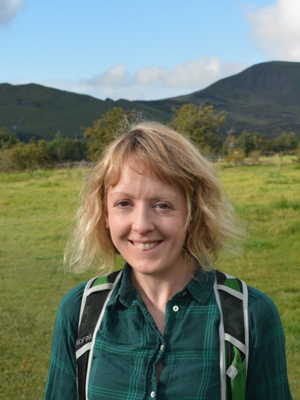From the small but majestic Rydal Water in the Lake District to the bubbling Fairy Pools of Skye, the UK is home to a wide variety of spectacular lakes for watersports, wild swims, bike rides, water-side walks and picnics.
Most of us have heard of Windermere, Loch Lomond and the mighty Loch Ness, but there are many more to be explored. Our guide to Britain's lakes looks at the best to visit, wildlife to spot, local heritage and walks.
Discover more of Britain's natural wonders with our guide to the most beautiful rivers in the UK, the best beaches in the UK and magnificent mountains for beginners.
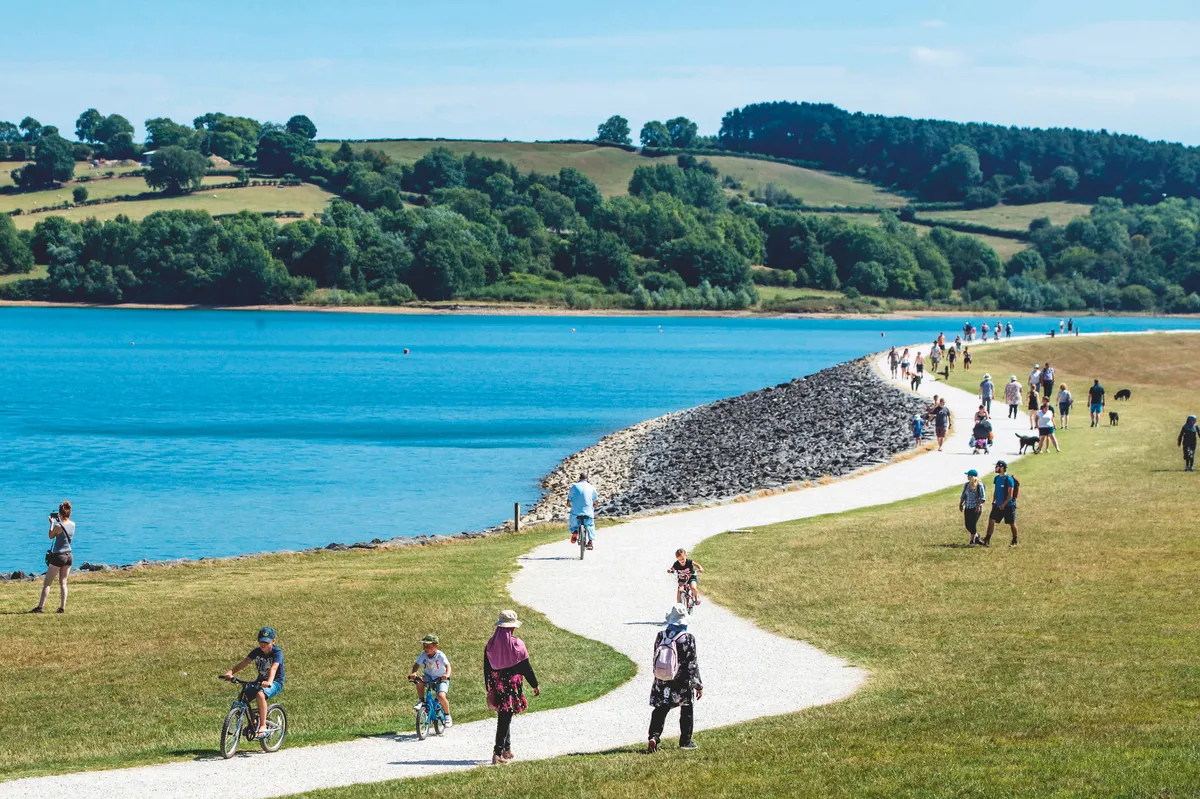
How many lakes are there in the UK?
Ranging in size and depth, there are more than 40,000 lakes across the UK. In England there are approximately 390 lakes larger than 5 hectares. Five of England's largest lakes are actually classified as reservoirs.
Where is the largest lake in the UK?
In Scotland, lakes are called lochs. The mighty Loch Ness in Scotland is the largest lake in the UK by depth - making it the largest body of water by volume in Britain, while Loch Lomond is the second largest Scottish loch by surface area at 22.6 miles in length.
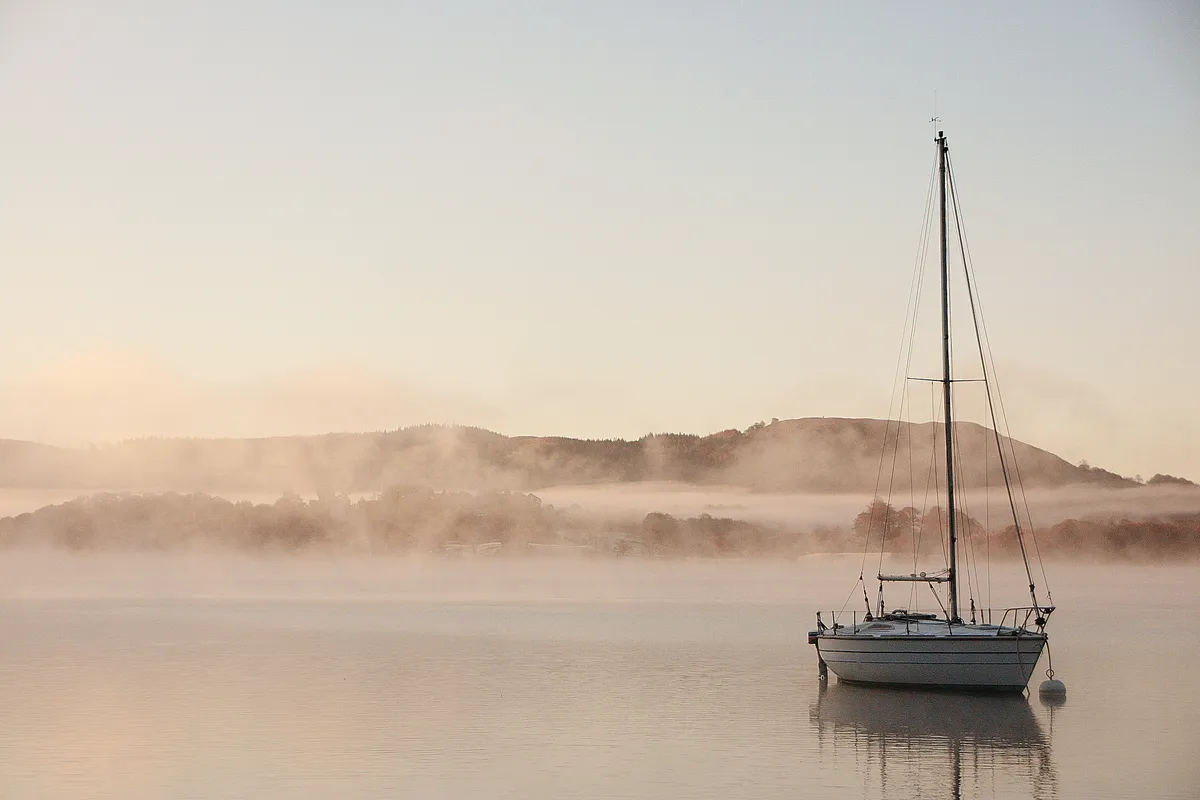
How many lakes are there in the Lake District?
Famous for its iconic waters and fells, there are 16 lakes in the Lake District to visit - with Windermere the largest at 10.5 miles long and 220 feet deep. Windermere is also the largest natural lakes in England. Numerous rivers feed into Windermere and it is a popular location for water-sports.
Best walks in the Lake District National Park
Of all the national parks in Britain, the Lake District in Cumbria is arguably the most celebrated – discover the the area's fells, rivers, waters and towns with our favourite walks.
Lakes in England
Ullswater, Cumbria, Lake District
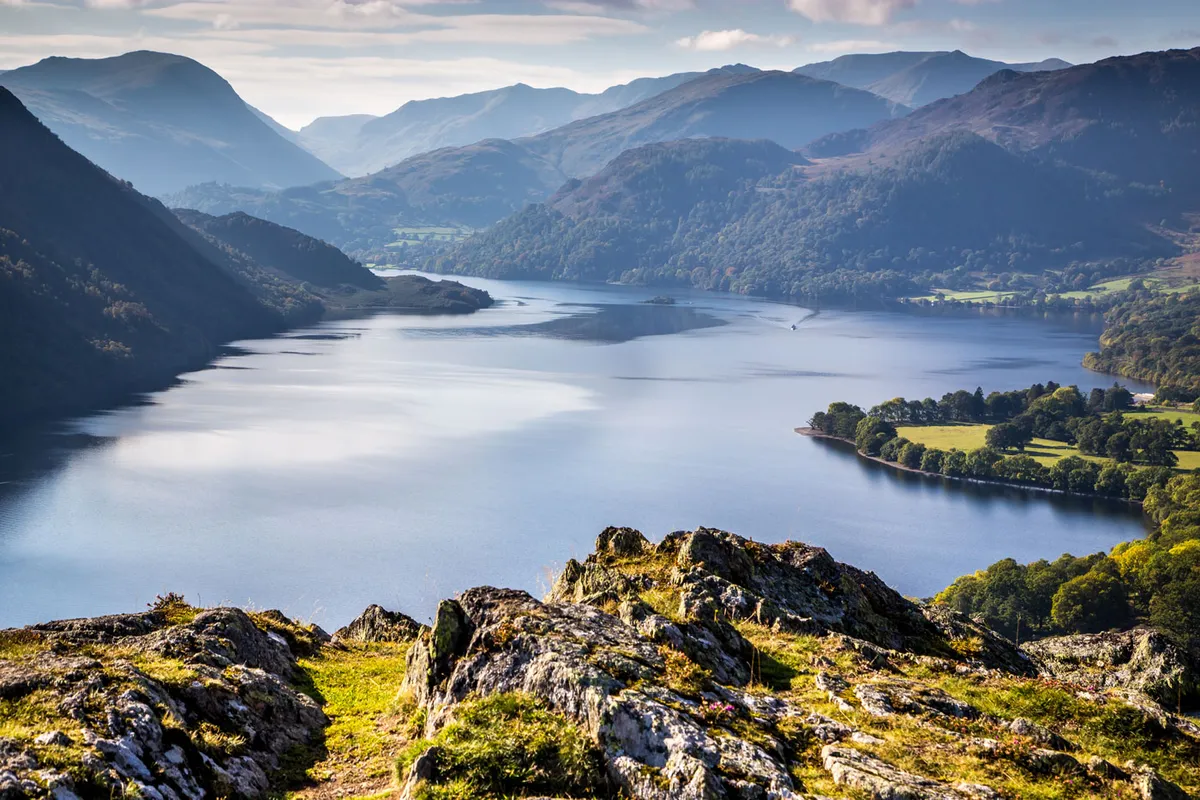
Ullswater is the second largest lake in the Lake District at 7.5 miles long, and is best known for its stunning scenery. The lake is situated at the foot of England's third highest mountain, Helvellyn, making it an irresistible destination for walkers and hikers. Enjoy the view from the lake, or from the mountains, before finding refreshment at one of the many cafes and pubs in the area.
Enjoy a walk along the shores of the lake or book a scenic cruise across Ullswater and visit ullswater-steamers.co.uk
Buttermere, Cumbria, Lake District
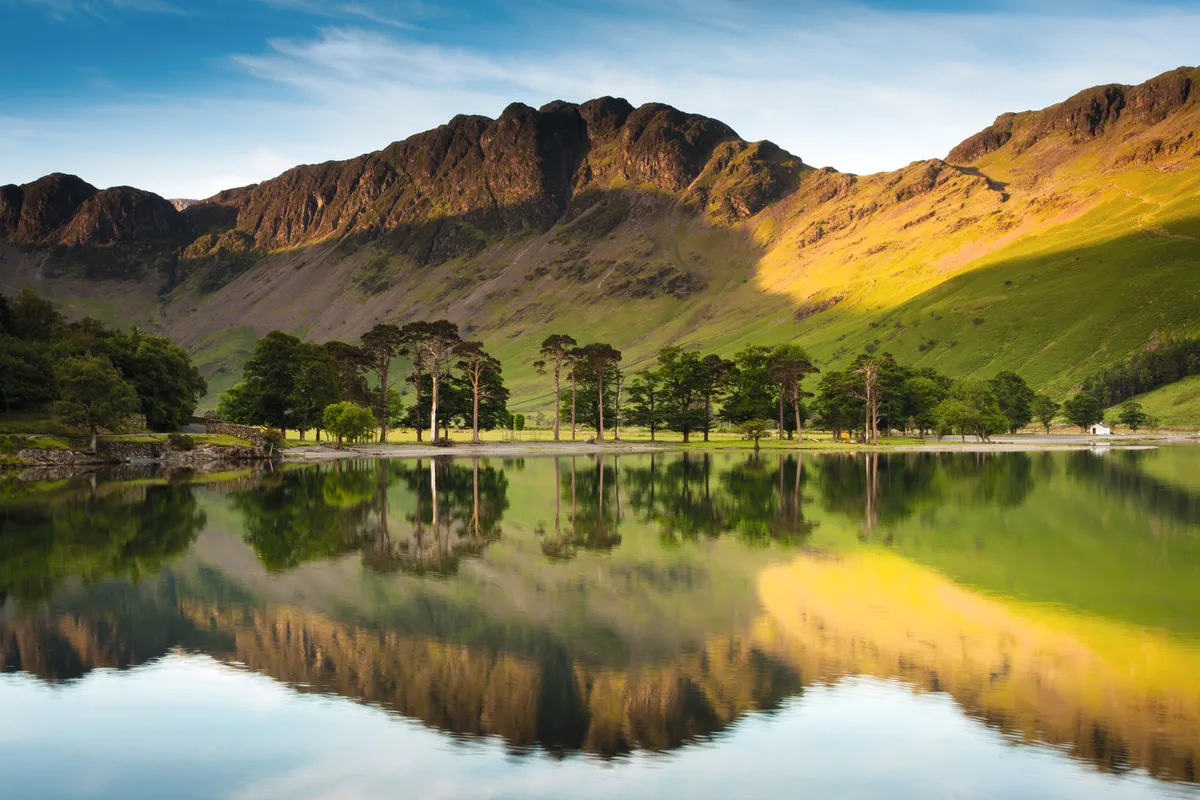
Henry David Thoreau wrote of tramping eight or 10 miles to “keep an appointment with a beech tree, a yellow birch or an old acquaintance among the pines”. Here in the Lakes, visitors can do the same with a walk of about eight miles, first climbing to the crest of Rannerdale Knotts before returning via the iconic Buttermere Pines and the lake itself.
Windermere, Cumbria, Lake District
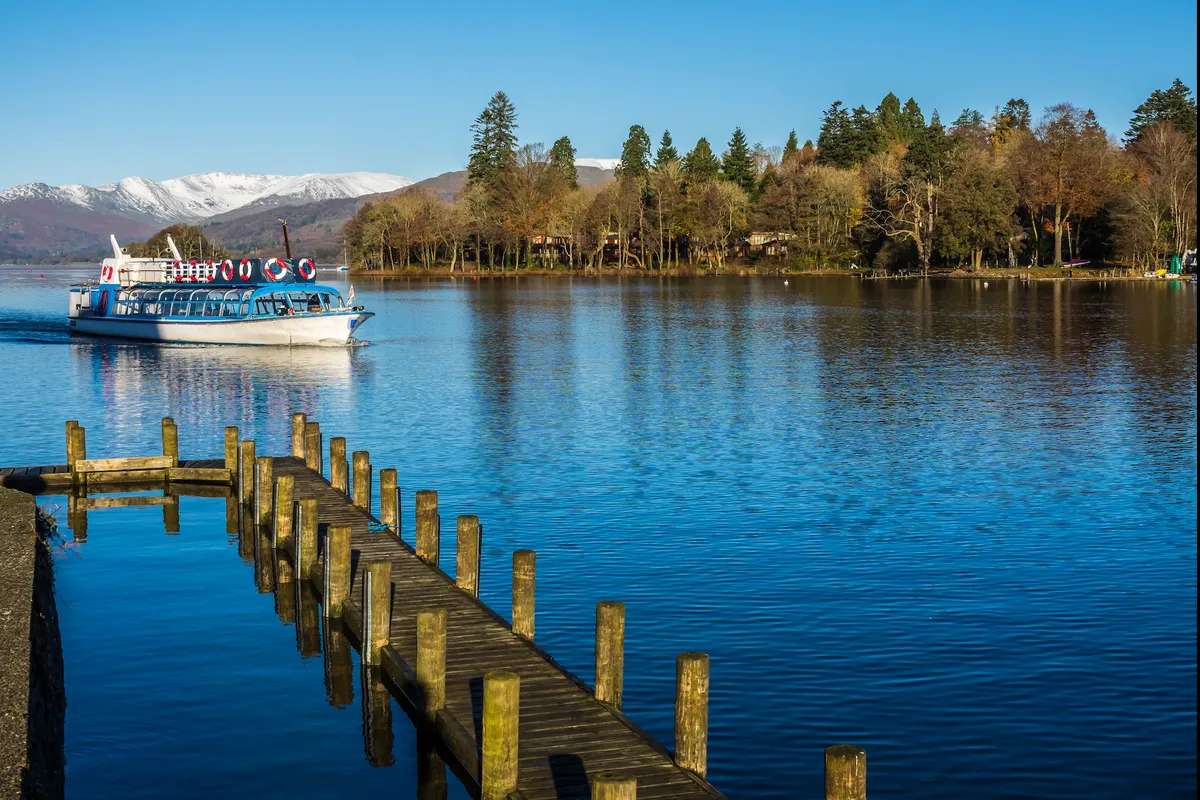
At 10.5 miles long, Windermere is the largest body of water in the Lake District. The lake was one of Arthur Ransome's inspirations for Swallows and Amazons. These days, the lake shore is home to hotels, activity companies and sailing centres – perfect for exploring glistening waters and tree-topped islands.
Coniston Water, Cumbria, Lake District
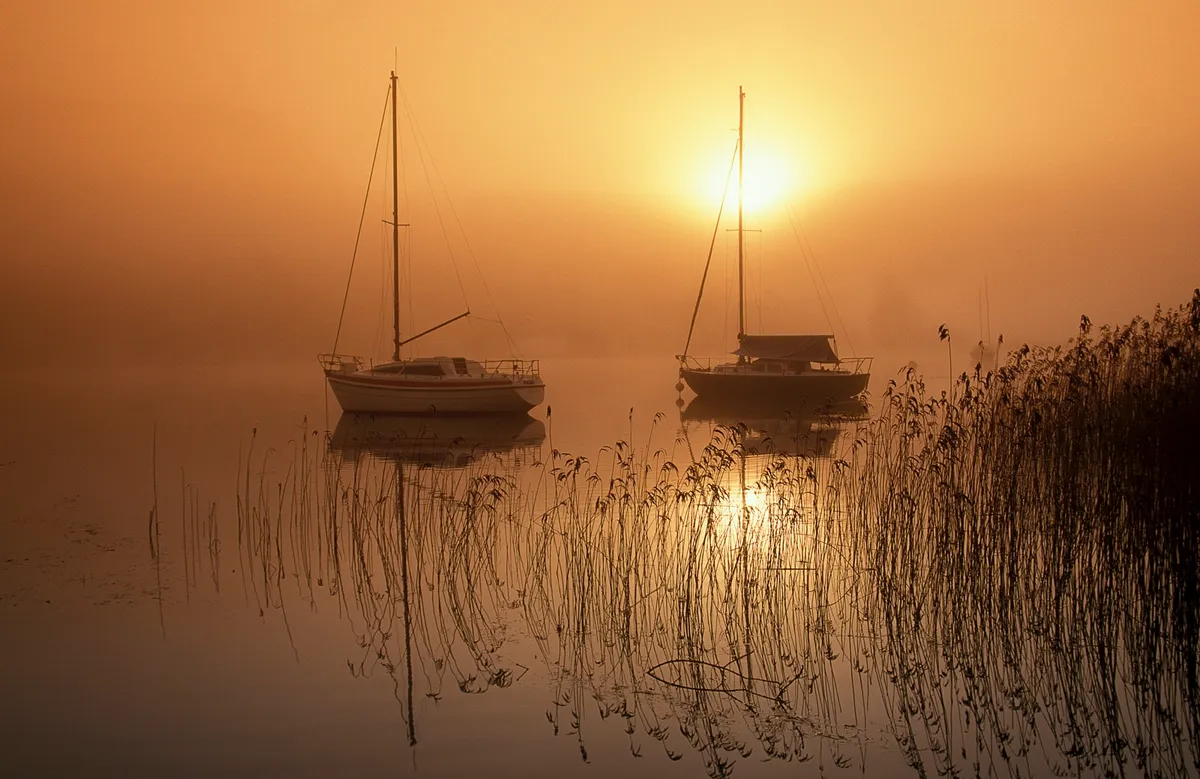
Best known for Donald Campbell's tragically failed attempt at the world speed record in 1967, Coniston Water is also a scenic gem, situated beneath the lofty summit of the Old Man of Coniston. Visitors can hire boats to truly appreciate the vista, and then head to John Ruskin's former home, Brantwood, now a museum and centre for the arts.
Find out what's on at Brantwood this summer by visiting brantwood.org.uk
Rydal Water, Cumbria, Lake District
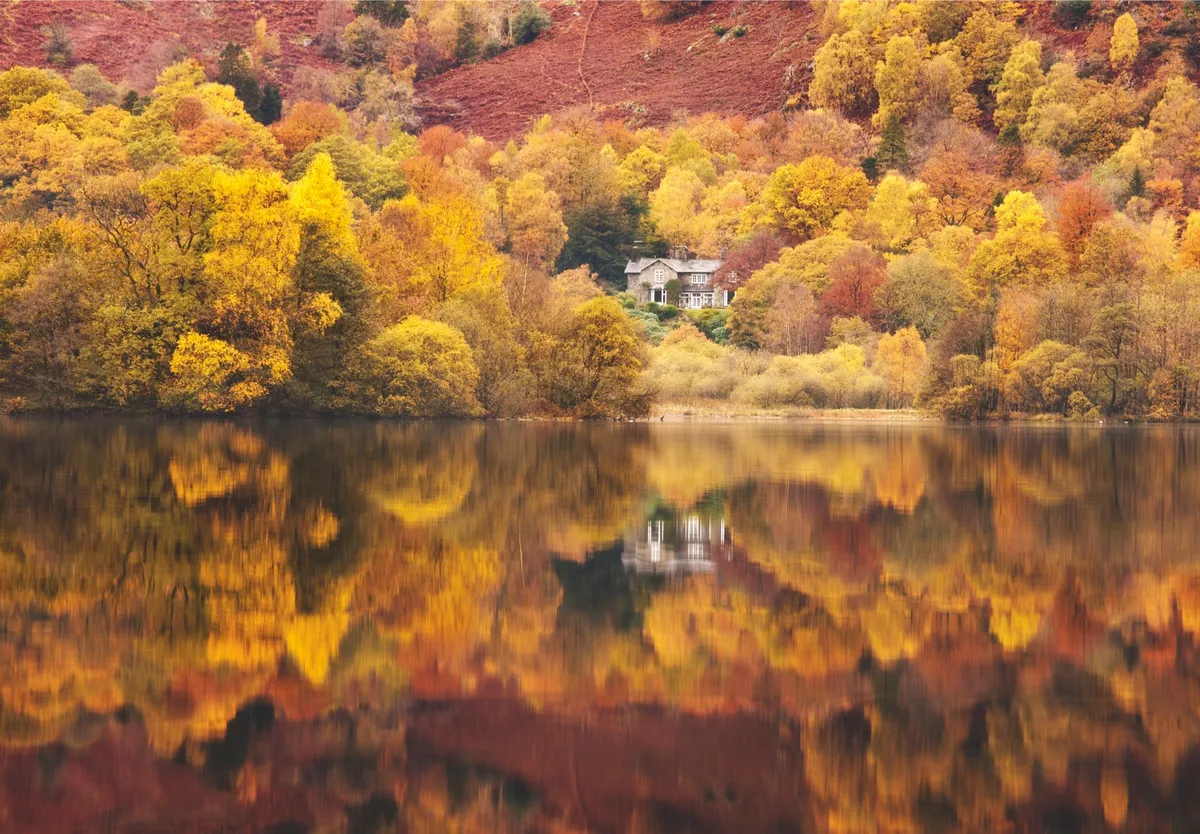
Despite being one of the smallest lakes in the Lake District, Rydal Water is not to be missed. Set in lush green surroundings, any lover of literature will appreciate the connections Rydal has. Two of Wordsworth's homes are situated on the banks of the lake, as well as a cottage formerly occupied by Thomas Quincey and Hartley Coleridge.
Kielder Water, Northumberland
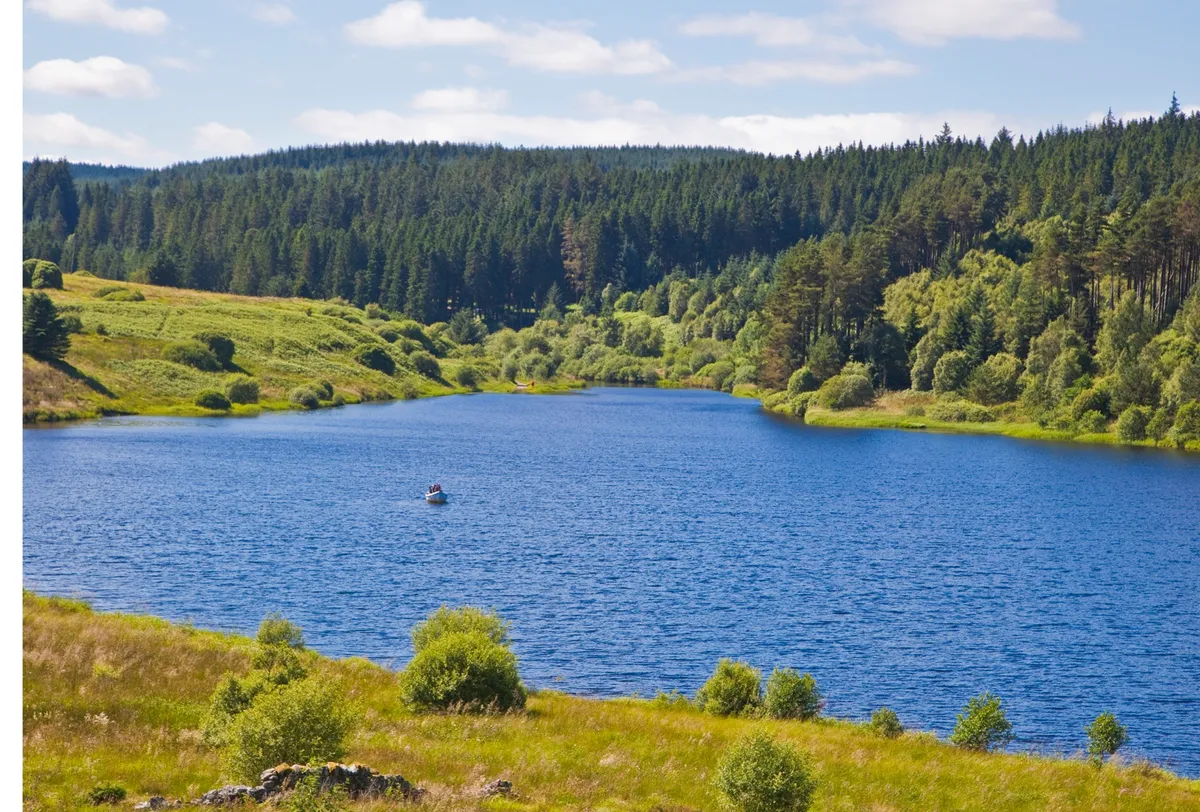
Built between 1975 and 1981, Kielder Water is the UK's largest artificial lake. Although the main use of the reservoir is to supply the North Tyne, Wear and Tees rivers, it is also a beautiful feature of the landscape, surrounded by pine forests and heather moorland. Visitors to Kielder Water can holiday in the woodland lodges and marvel at the star-studded night skies over the lake, which have been named the darkest in England.
Visit Kielder Observatory to stargaze and learn about the night sky, at visitkielder.com or take a walk around the lake.
Malham Tarn, North Yorkshire, Yorkshire Dales
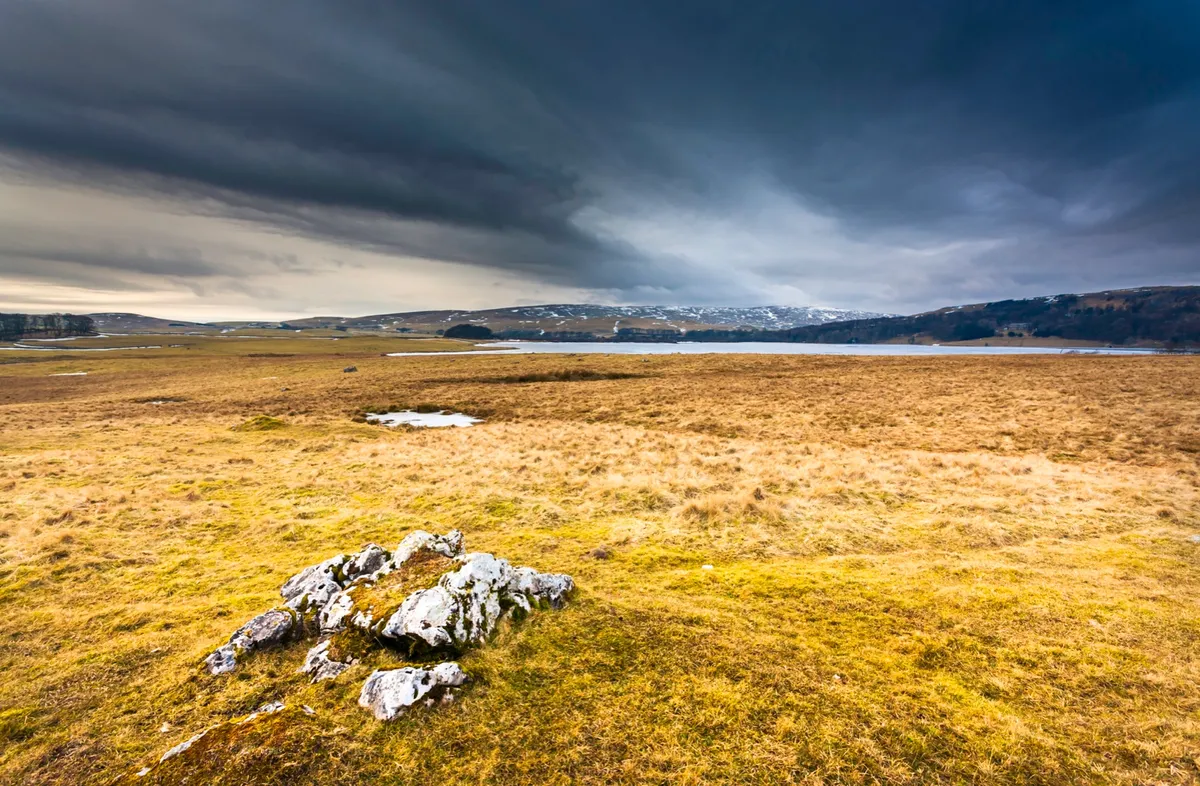
At 377 metres above sea level, Malham Tarn is the highest marl (calcium carbonate or lime-rich mud) lake in Britain. A short walk around Malham Tarn beneath the looming cliffs of Great Close Scar offers ramblers a chance to experience a variety of habitats, from craggy limestone bluffs, to thick forest, peatland and a wildlife-rich upland lake.
Stanwick Lakes, Northamptonshire
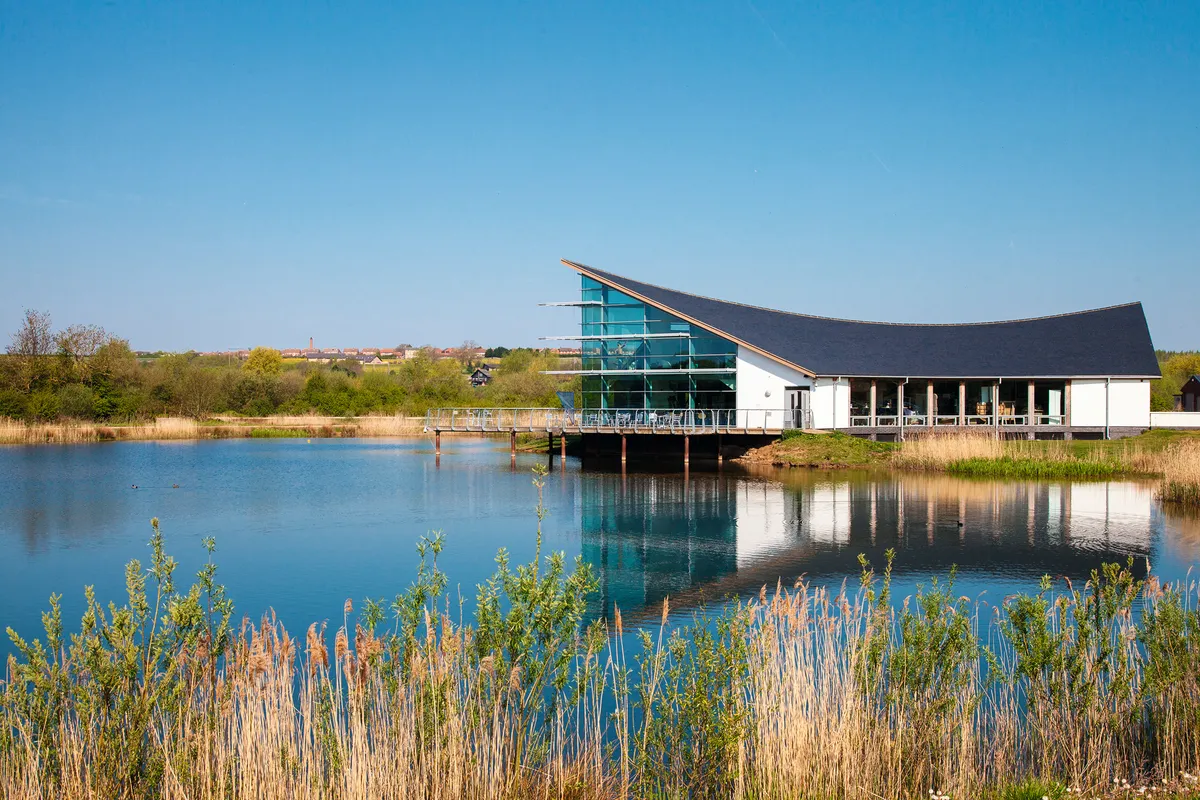
With 300 hectares to explore, there’s more to Stanwick Lakes than may at first meet the eye. The site of thousands of years of human history, shaped by industrial activity, it’s now a beautiful, tranquil home for a wonderful array of wildlife.
After gravel extraction came to an end here in 2004, the pits were shaped into lakes and trees were planted, creating a site with a range of habitats, including reedbeds and meadows. It soon became important for a huge variety of birdlife and was designated a Wetland of International Importance and a Site of Special Scientific Interest.
Wimbleball Lake, Somerset
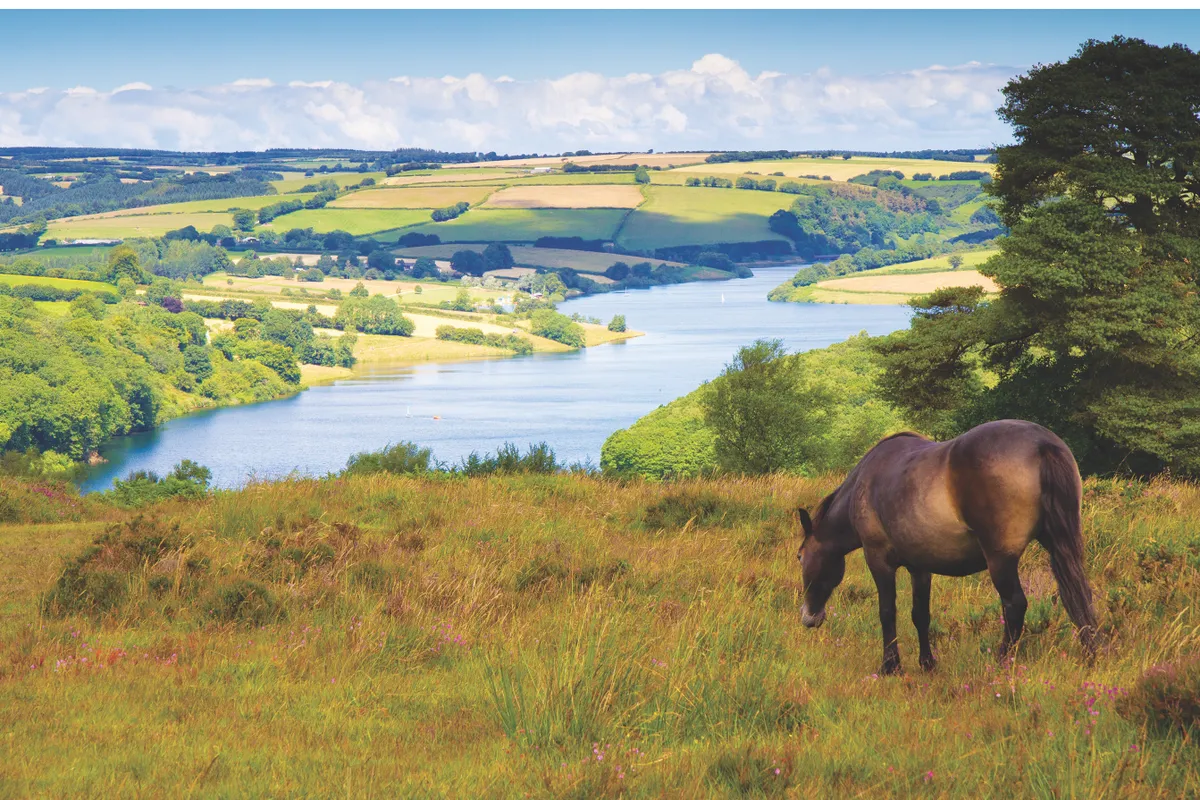
Situated in the south-east corner of Somerset's Exmoor National Park, surrounded by rolling hills and stunning countryside, is the shimmering jewel that is Wimbleball Lake.
Created in 1979 by the damming of the River Haddeo and with a capacity of 21,320 mega litres, the lake supplies water to nearby Exeter, Barnstaple and Axminster, as well as much joy to its many visitors.
Carsington Water, Derbyshire
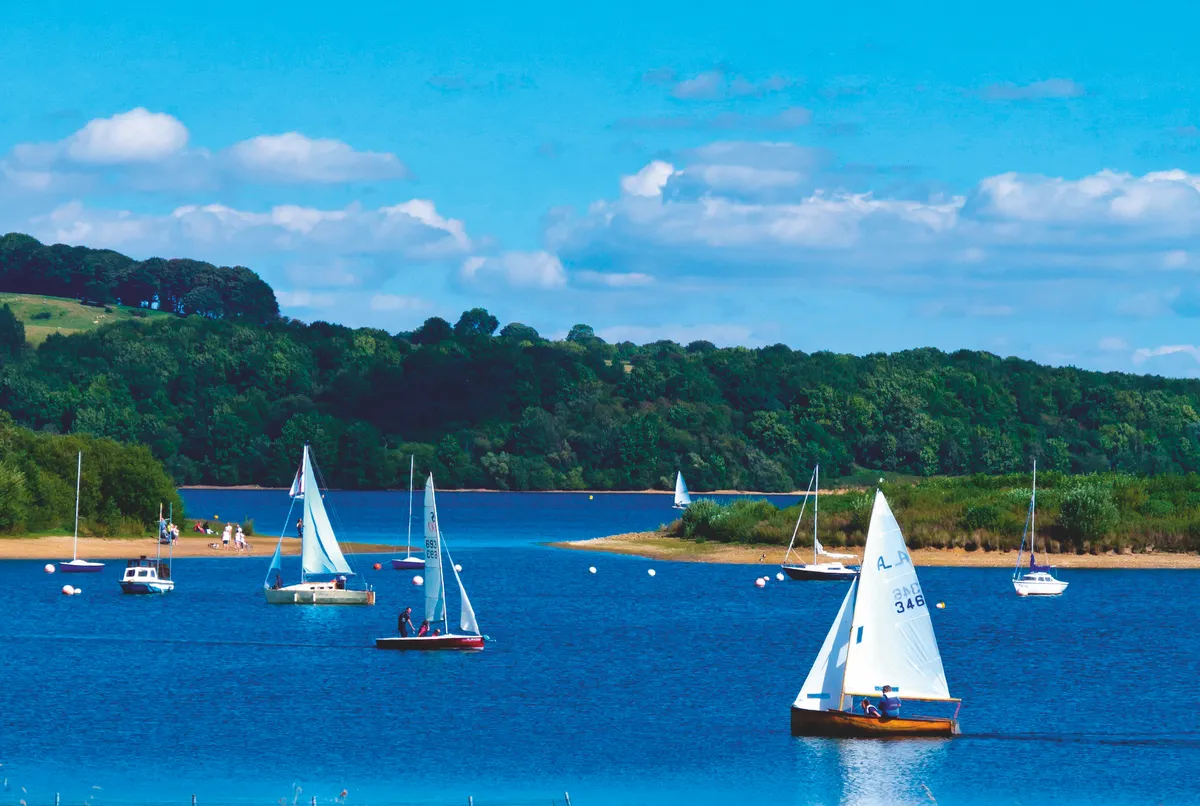
You can easily spend a full day at Carsington Water, a reservoir lying just outside the Peak District National Park near Ashbourne. Along with its Wildlife Centre there are four other bird hides, while the nearby Water Centre hires out bicycles and boats.
You can cycle the eight-mile perimeter of the reservoir or rent out paddleboards, rowing boats or sit-on-top kayaks for a lazy afternoon on the water.
Walking is the ultimate way to experience the reservoir’s wildlife. Carsington Water has hosted over 200 species of birds, along with butterflies, bees and insects. Explore the surrounding wildflower meadows, reedbeds, ponds and woodlands, taking on the role of wildlife detective with young ones. Hunt pondlife, spiders and minibeasts.
Rutland Water, Rutland
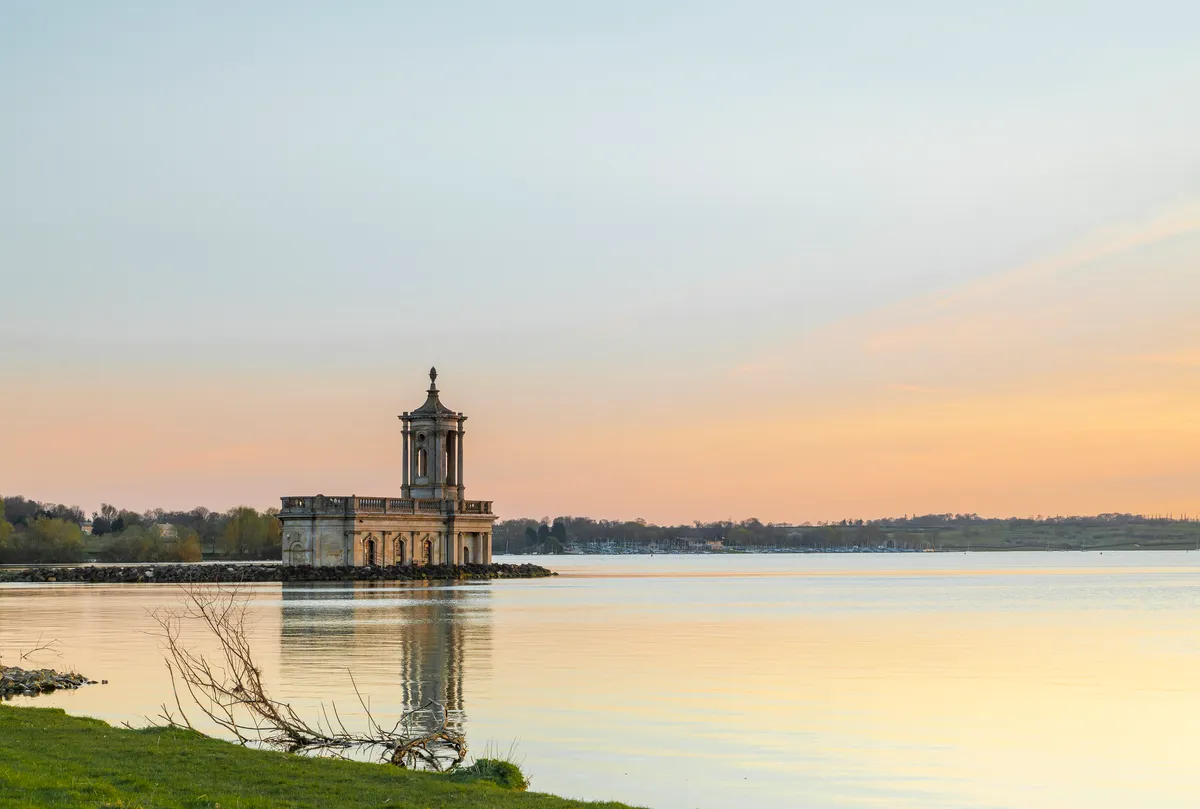
The male osprey dubbed Mr Rutland became quite the celebrity in 2001, when he helped raise a chick with a female near Rutland Water. It was the first wild osprey hatching in central England for over 150 years.
- Where to see an osprey in the UK
- White-tailed eagle vs osprey: what's the difference between these two stunning birds of prey?
These iconic birds now regularly breed here, beside one of Europe’s largest man-made reservoirs in England’s smallest county Rutland, close to the pretty historic market towns of Oakham and Uppingham.
The Loe, Cornwall
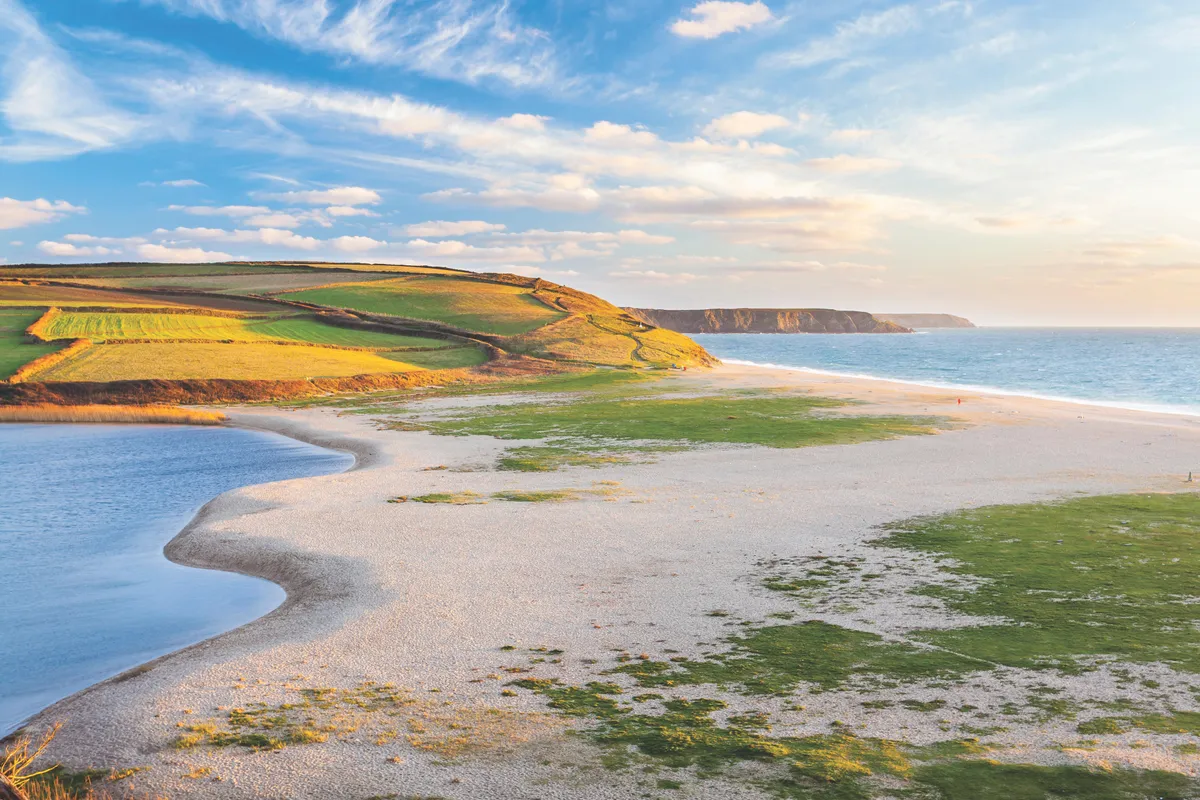
The fishhook-shaped Loe lies at the heart of Penrose Estate, a bucolic, National Trust–managed park perched atop Lizard Peninsula, mainland Britain’s most southerly point.
At its south-west extremity, The Loe is separated from the shipwreck-strewn Celtic Sea by Loe Bar, a sand bar and slither of surf-stroked beach. Aside from this sandy section, the lake-looping path wends through wildlife-rich woods, ducking beneath the boughs of sycamore and plantation trees.
Riverside cottages and B&Bs to stay this summer
What could be more relaxing than sitting with a glass of wine watching kingfishers flitting about? Enjoy the slow, relaxed pace of life on the water's edge this summer.
Lakes in Wales
Llangorse, Brecon Beacons
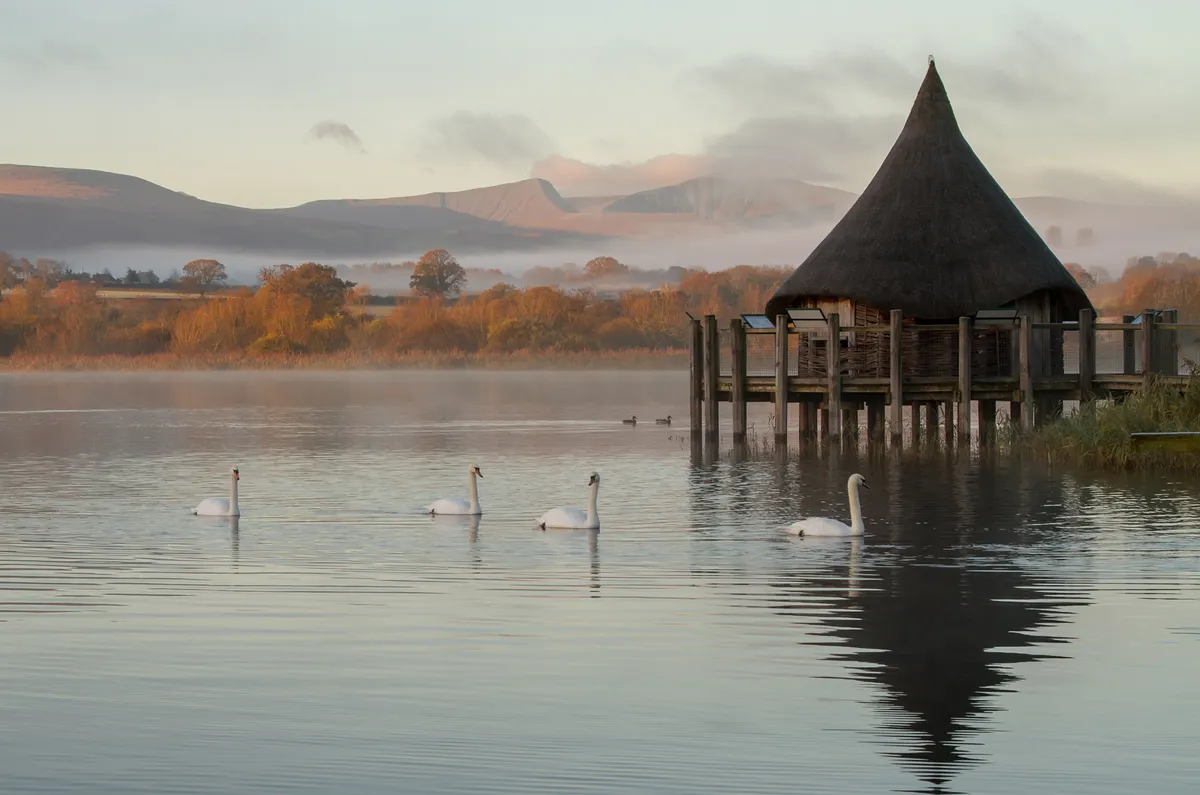
The largest natural lake in Wales, Llangorse is a wide haven of tranquility. It is particularly popular for boating and fishing, although as a site of Special Scientific Importance, there are regulations that must be abided by. Llangorse is also known for being the location of the only Crannog in Wales, an ancient lake defence thought to be constructed in the 10th century. Visit the lake and immerse yourself in its myth and folklore.
To plan an activity filled holiday at Llangorse, visit llangorselake.co.uk
Llyn Idwal, Conwy/Gwynedd, Snowdonia
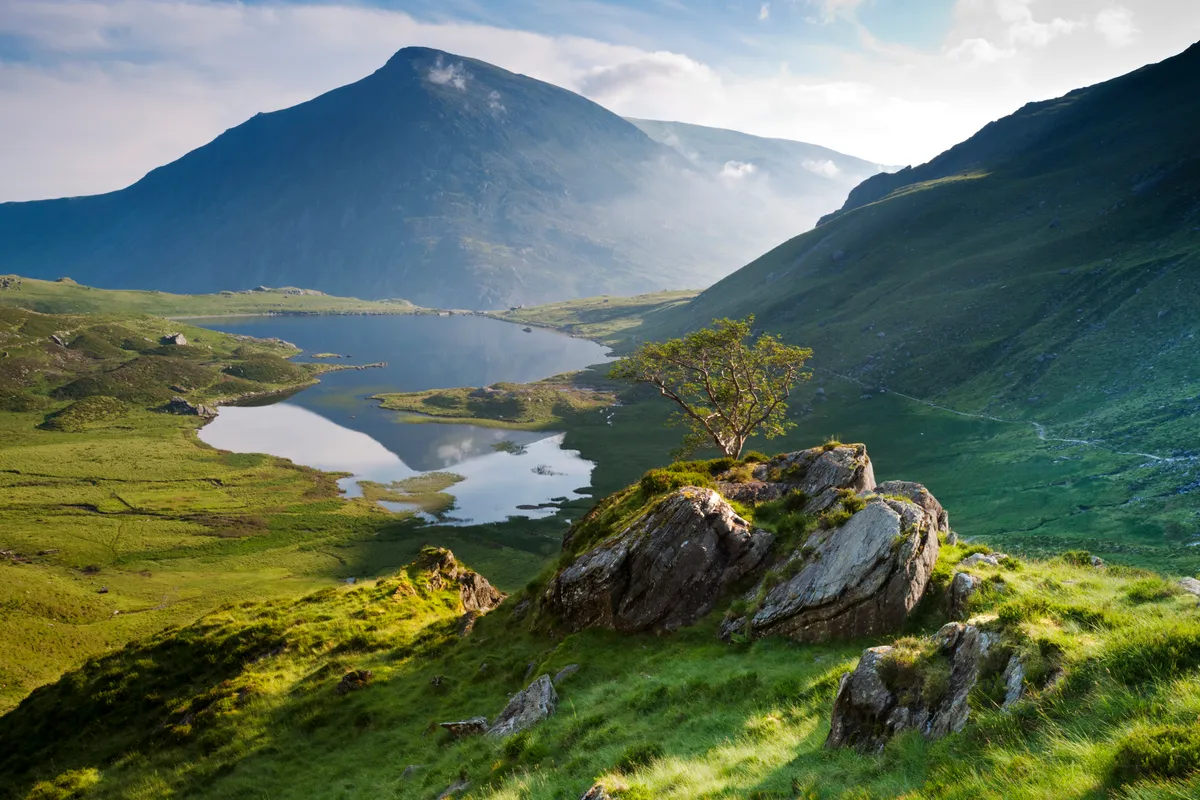
Nestled within the breathtaking rock formation of Cwm Idwal is Llyn Idwal, a small glacial lake supplied by freshwater flowing from the mountains. The area was recognised as Wales' first National Nature Reserve for it's unique landscape, making it hugely popular with rock-climbers and geologists. It is also a haven for botanists, being home to a variety of rare Arctic-alpine plants.
Experience the stunning scenery surrounding Llyn Idwal with a three-mile walk
Lake Vyrnwy, Powys
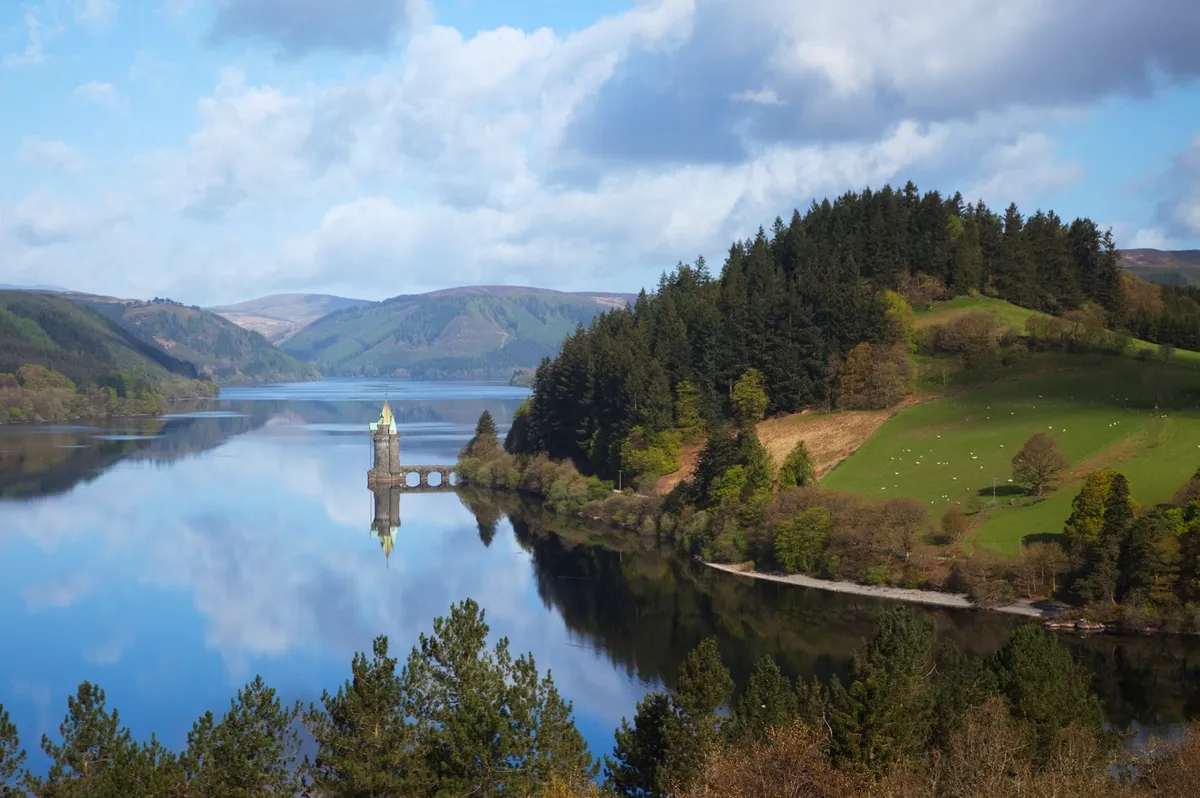
Lake Vyrnwy was built in the 1880s to supply Liverpool with freshwater. In addition to the water activities available, the lake is also a RSPB nature reserve and, as a result, visitors can hope to spot pied flycatchers, redstarts and peregrines, among other species. There is a sculpture trail park and natural play area, meaning the whole family can enjoy the lake.
Learn more about the species and conservation at Lake Vyrnwy by visiting rspb.org.uk
Llyn y Dywarchen, Gwynedd, Snowdonia
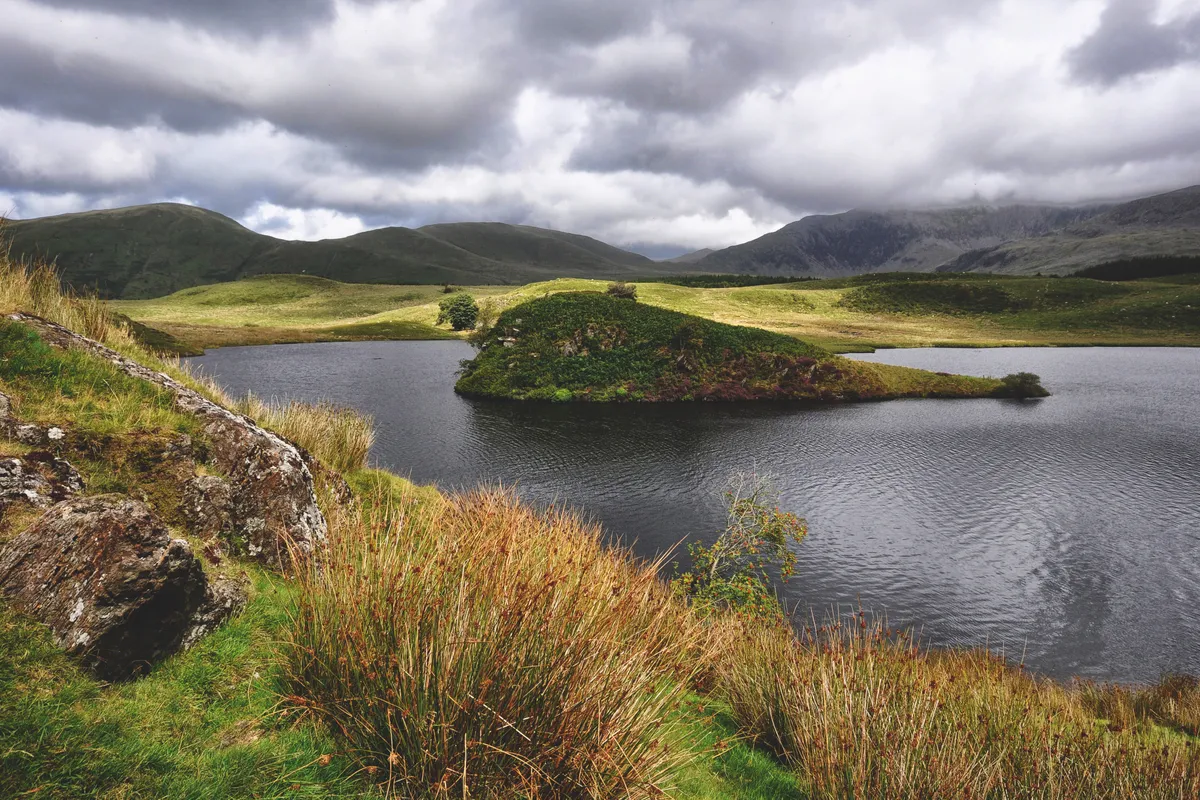
Hike through deep valleys, along meandering forest paths and beside an old mountain railway to one of the most mysterious lakes in Britain: Wales' Llyn y Dywarchen. It is across this lake that an island once floated.
Llyn y Fan Fach, Camarthenshire, Brecon Beacons
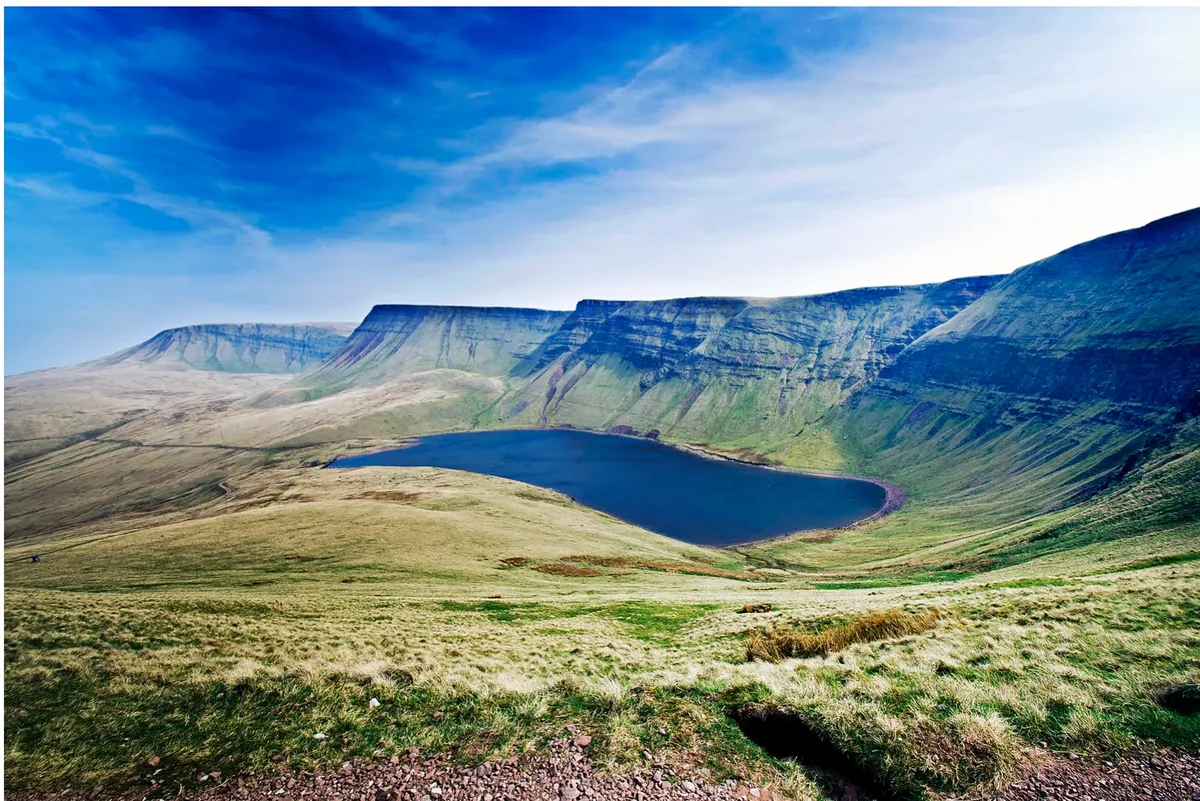
Park up in the small, gravel car park beneath Llyn y Fan Fach and you’ll already be aware of the solitude of this part of the Brecon Beacons – it’s the quiet understudy to the neighbouring central peaks of Pen y Fan, Corn Du and Cribyn, yet certainly no less spectacular.
Walk: Llyn y Fan Fach, Brecon Beacons National Park
Llyn Cynwch, Gwynedd
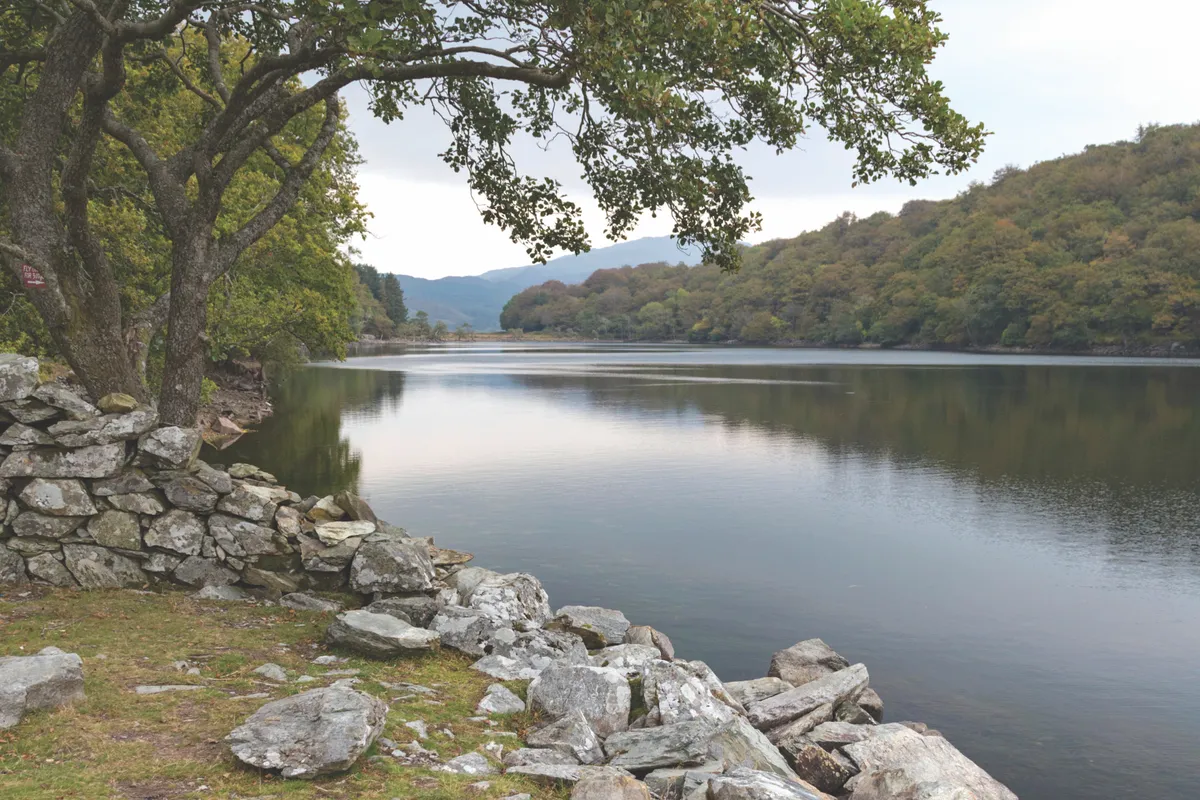
Llyn Cynwch is a conversation between the elements, an expression of light, an intervention of rain, a murmur of breeze. The undersides of overhanging leaves reflect light from its surface. Tree trunks stripe its bed with shadows, interrupted by ripples. The broadleaf woodland on its bank casts reflections and shade, suggesting the water is deep and dark, though elsewhere it’s ethereal, consulting the clouds or dazzling in agreement with the sun.
Cadair Idris looks on from the south, only just too far away to respond. The llyn lies on the Nannau Estate, which was founded in the 12th century by Cadwgan Prince of Powys and is well known in Wales. It’s where Owain Glyndŵr killed his cousin (who’d tried to kill him) and was the last estate to employ a household bard. When it passed by marriage into the Vaughan family, typically Victorian landscape features – notably the Precipice Walk (Llwybr Cynwch) – were added to its stately attributes of medieval deer park, ancient woodland and, of course, fishing lake.
Lakes in Scotland
Loch Lomond, Loch Lomond and the Trossachs
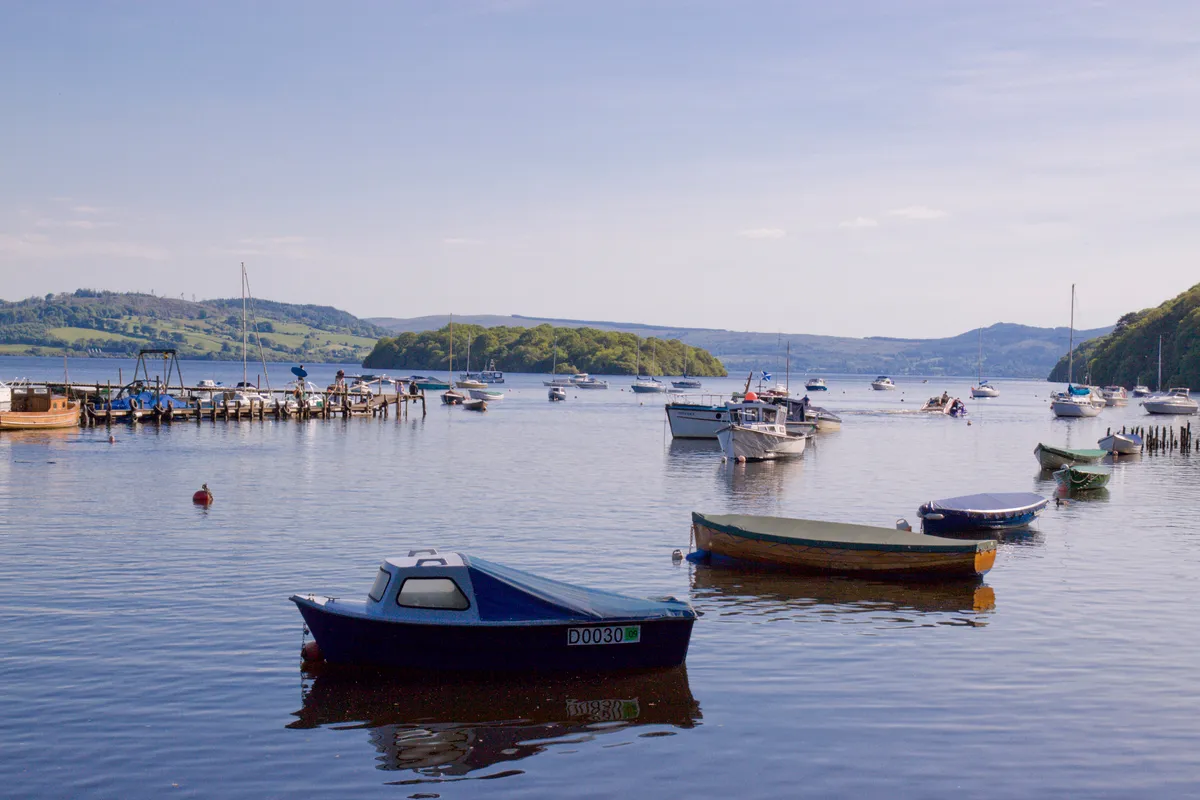
Loch Lomond is one of Scotland's most beautiful and peaceful lochs, and the inspiration for one of Scotland's most famous songs: The Bonnie Banks o'Loch Lomond. Among other attractions, the loch contains around 30 islands, some of which form a Special Area of Conservation, home to otters, black grouse and golden eagles.
To discover the activities available at Loch Lomond, visit lochlomond-trossachs.org
Loch Morar, Lochaber, Highland
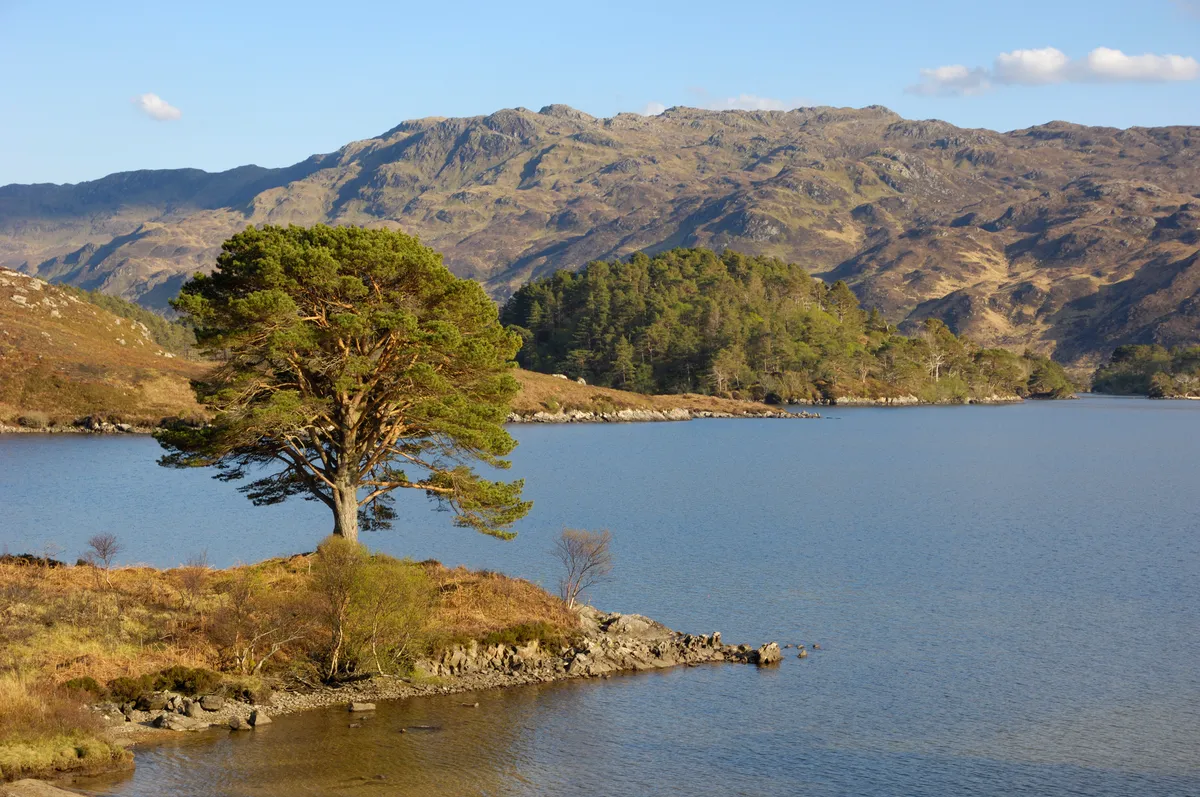
Loch Morar has the title of the UK's deepest body of fresh water, with a maximum depth of 310m. The loch, formed through glacial action 10,000 years ago, now boasts a wonderful selection of walks, as well as prime opportunities for salmon and trout fishing. Visit its waters in summer and watch the sun set against the rolling hills.
Loch Shiel, Lochaber, Highland
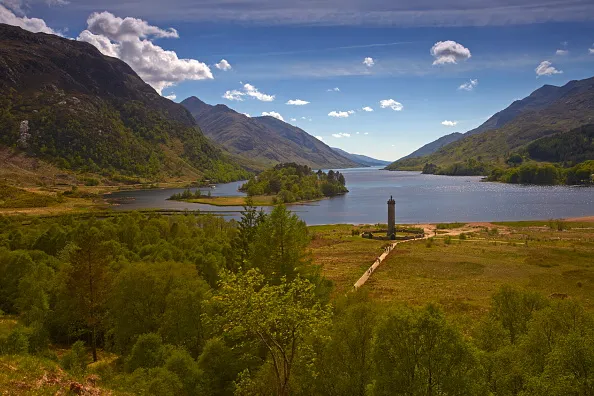
Loch Shiel, wrapped by woodland and mountains, is notable for its abundant wildlife. It's waters and shoreline are a vital breeding ground for black-throated divers and golden eagles, as well as salmon, sea trout and brown trout which can be fished with permits. The loch also features in several films – it's the fictional Black Lake in the Harry Potter films, and also a location in Highlander and The Master of Ballantrae.
Where to see a golden eagle in the UK
Walk: Loch Shiel and Glenfinnan
Loch Garten, Highland
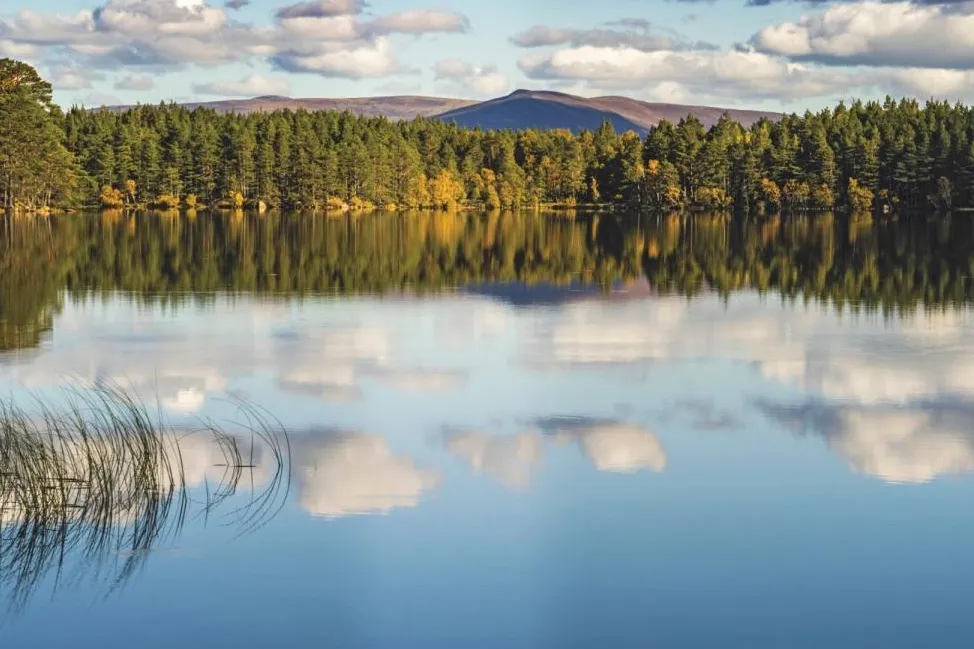
Hidden within Abernethy Forest in the lowlands of the Cairngorms National Park is Loch Garten. With its ancient Caledonian pine forest, boggy woodland and rich waters, the reserve is an embodiment of the wild and compelling nature of the Scottish Highlands.
Take a walk along the loch shores of Loch Garten
Fairy Pools, Isle of Skye, Inner Hebrides
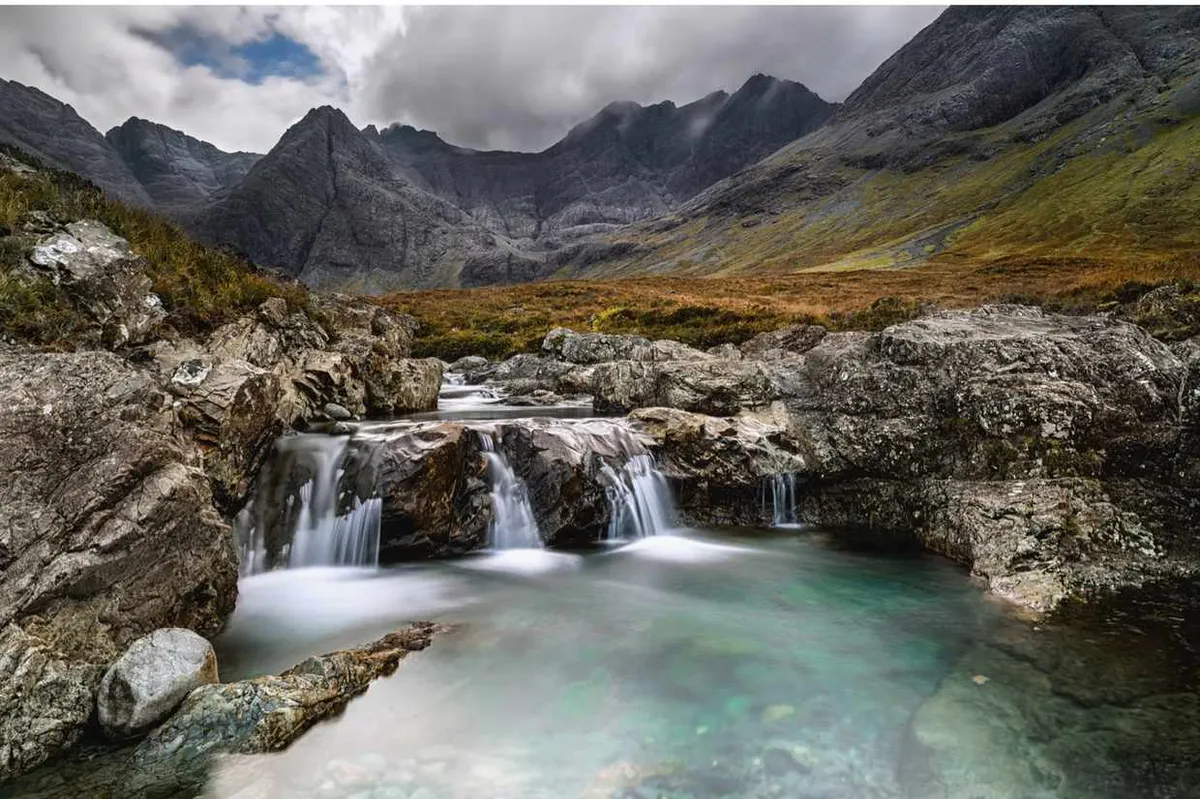
Though not technically a lake, the Fairy Pools are among the most beautiful places to visit in Scotland. Situated on the Isle of Skye, visitors flock to the Fairy Pools in summer to enjoy the crystal clear waters and beautiful falls. The route to the pools is a walk of medium difficult, but you are rewarded with the chance to take a dip and cool off among the cascades.
To find out more about the Fairy Pools walk, visit isleofskye.com
Lakes in Northern Ireland
Lough Erne, County Fermanagh
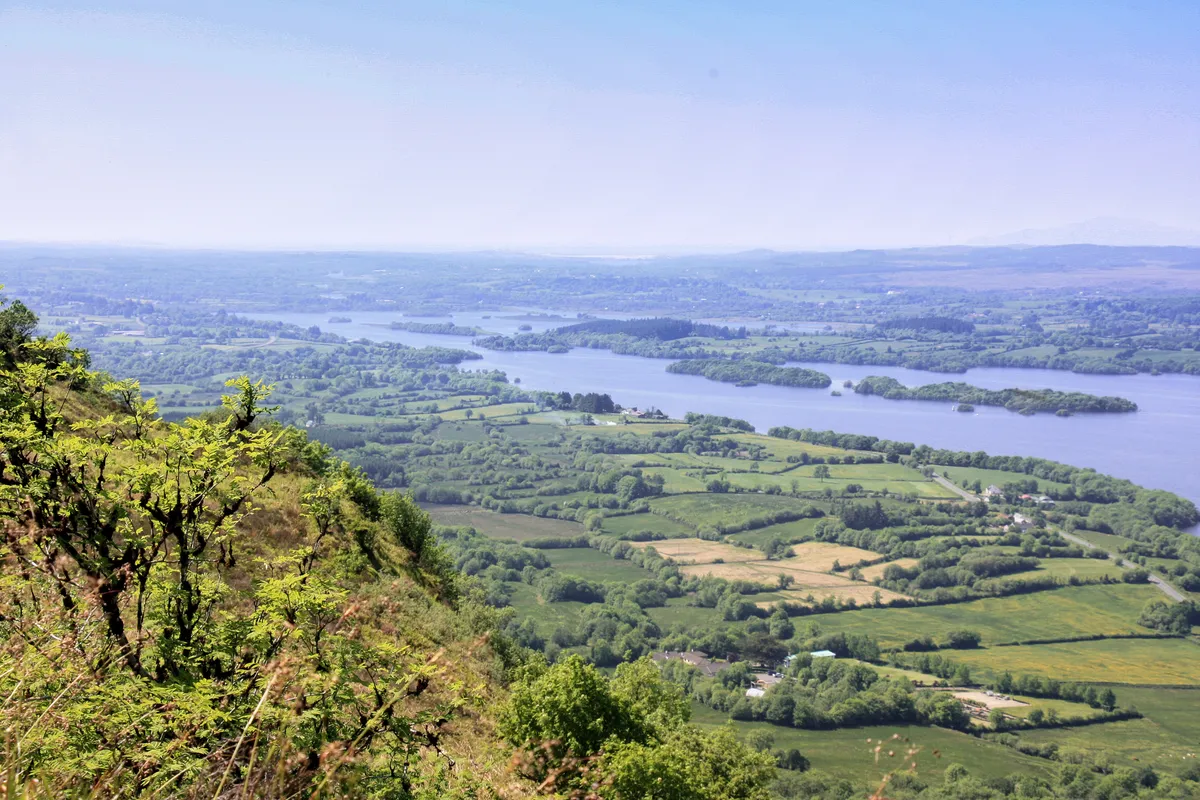
Lough Erne is the second biggest lake system in Northern Ireland. The lough has 154 islands – some home to the scarce garden warbler – many of which can be explored on boat and foot. Today, the lough is popular for angling and water sports, as well as hosting the Lough Erne Challenge gold tournament. It is also steeped in mythology; there are various folk tales surrounding the name and origin of the lough, including that it was named after an ancient goddess.
Discover Northern Ireland's lakeland with our guide to Lough Erne and Fermanagh
Lough Neagh, Northern Ireland
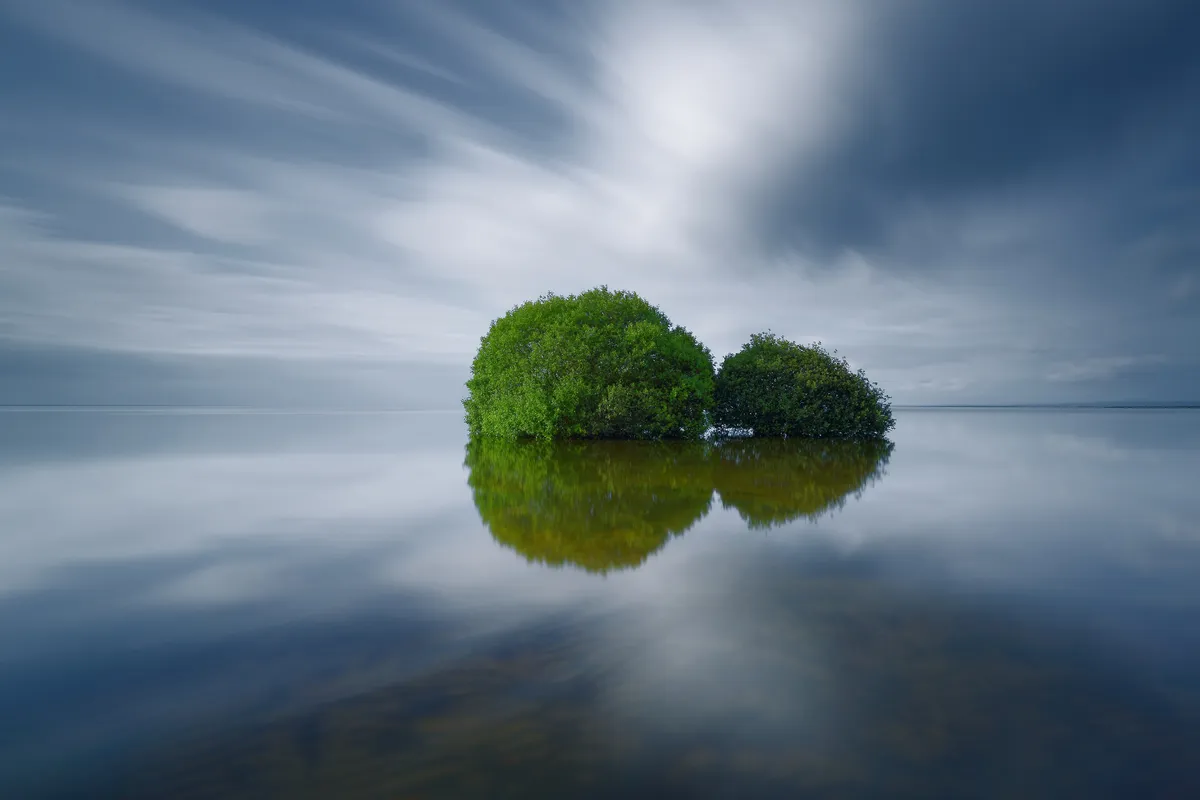
Lough Neagh supplies 40% of Northern Ireland's water and is the biggest lake in Ireland. Legend has it that the lough has its very own underwater Atlantis, after a spring rose up and flooded an ancient kingdom. There are now numerous activities to enjoy at Lough Neagh, from waterskiing to golf, as well as tours of the ancient ruins of Shane's Castle, recently used as a filming location for Game of Thrones.
Explore the heritage and nature of Lough Neagh with one of the many tours available, at loughneaghtours.com
Lough McNean Lower, County Fermanagh
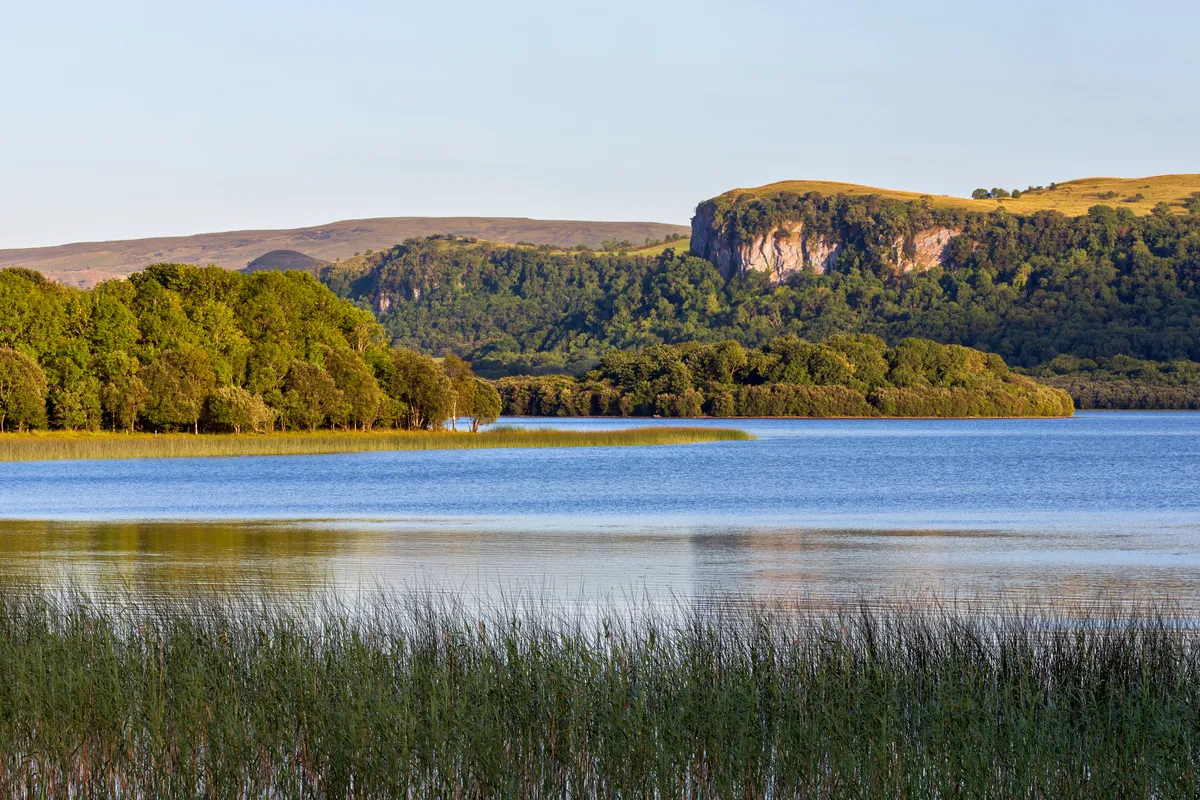
The salient profile of Hanging Rock stands proud above Lough MacNean Lower, one of dozens of lakes in County Fermanagh. This huge limestone cliff is best viewed from the north-eastern side of the lough where a lay-by offers a convenient place to stop and capture the scene through a lens.
